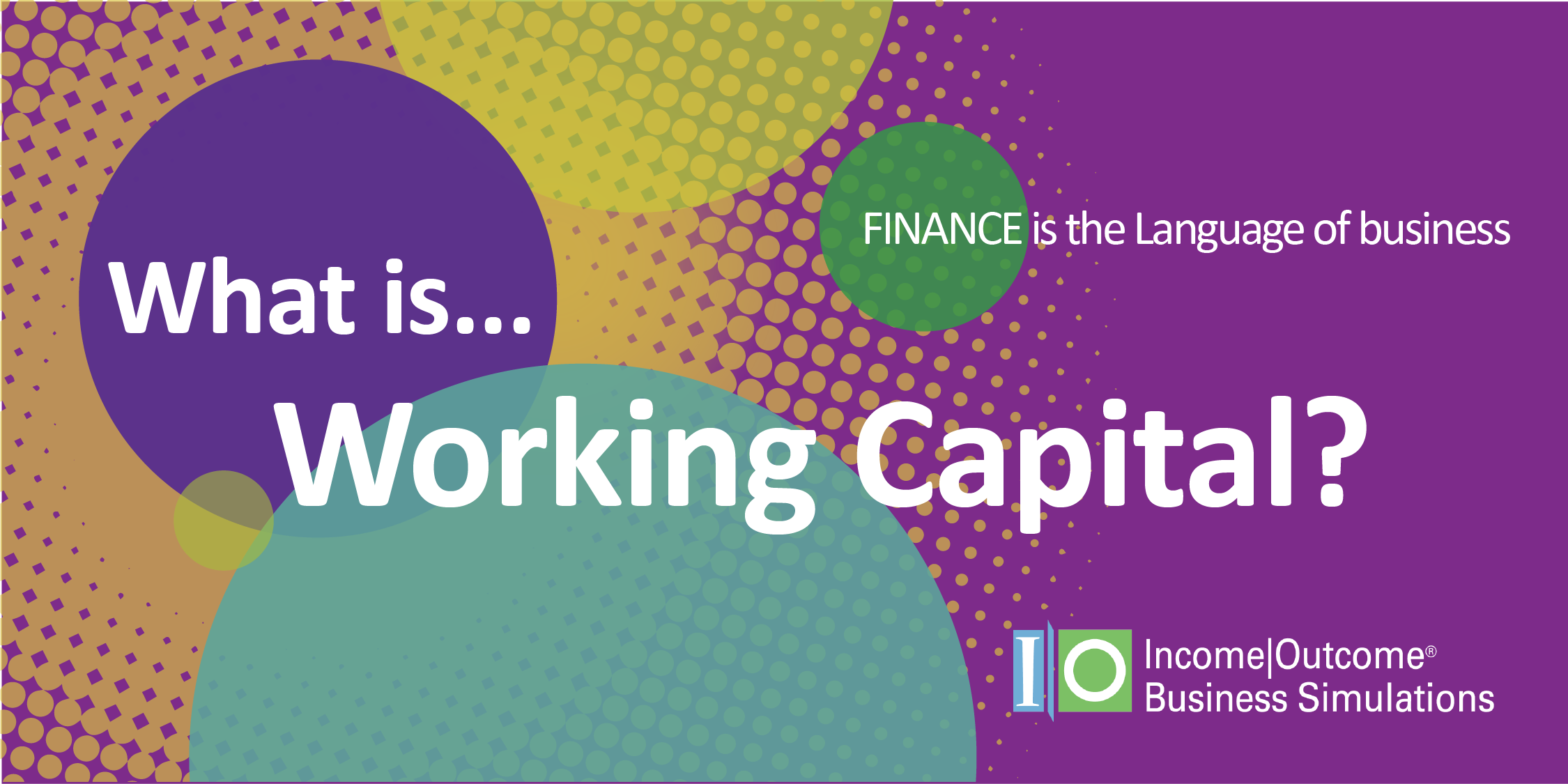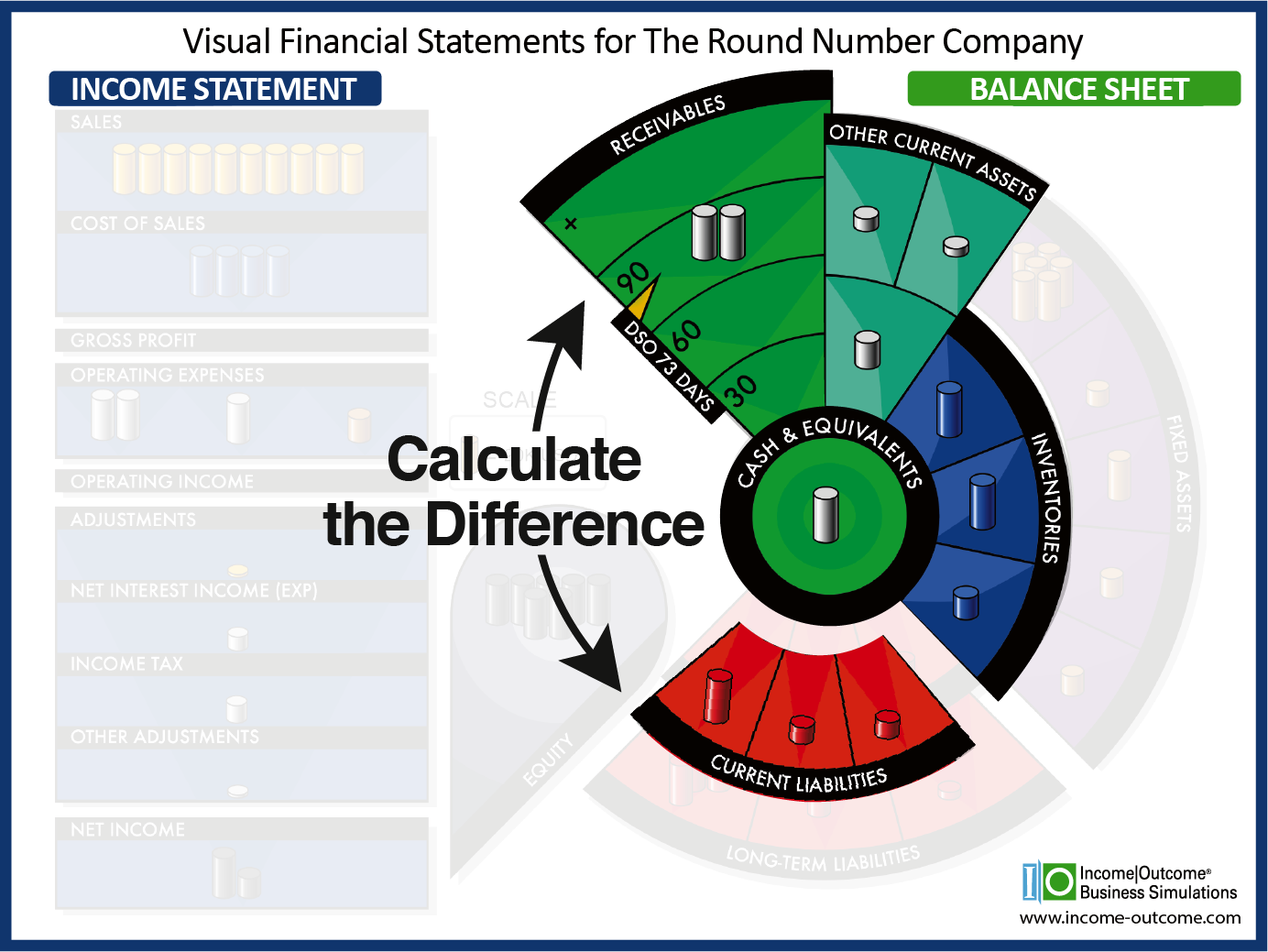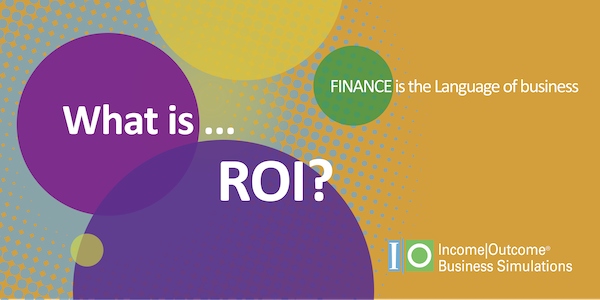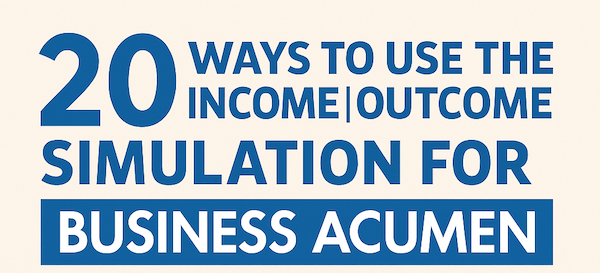Working Capital is Cash Hiding In Plain Sight

Published Date
Working capital isn’t about fixed assets or long-term strategy. It’s about today. It’s the money that keeps your business moving — or holds it back. And here’s the key: working capital is cash hiding in plain sight.
Working Capital is Cash Hiding in Plain Sight
Working capital — also known as net working capital — is the money a business uses to fund day-to-day operations. It’s short-term by nature. It covers what you need to buy, what you’re waiting to get paid for, and what you still owe others.
Working Capital = Current Assets – Current Liabilities
i.e. Working Capital = (Cash + Receivables + Inventory + Other Current Assets) – (Payables + Other Short-Term Liabilities)
What’s unique about working capital is that it’s always in motion. It’s not land, buildings, or equipment — those are fixed. Working capital turns over: you buy inventory, sell it, wait to get paid, pay your suppliers, and start again.

Why Working Capital Matters
Managing working capital is all about timing. You don’t want to run out of cash just because your money is tied up in receivables or inventory.
- If customers take longer to pay, your working capital needs go up.
- If you carry excess inventory, more cash is locked away.
- If you pay suppliers too early, you’re missing the chance to use that cash more effectively.
Small shifts in working capital can have a big impact on business flexibility. Lean working capital means more room to invest, expand, or react to change.
A Simple Example
Let’s say your company has:
- $50K in Cash
- $100K in Accounts Receivable
- $150K in Inventory
- $75K in Accounts Payable
- $25K in short-term loans
Your working capital is:(50 + 100 + 150) – (75 + 25) = $200K
Now imagine your Accounts Receivable increases to $130K — but nothing else changes. Working capital goes up to $230K, but your usable cash has decreased. Why? Because more of your money is stuck waiting to be paid.
Real-World Insight: Why Timing Matters
One example of managing working capital is found in supermarkets. Most supermarket customers pay cash immediately, or credit card companies reimburse in 3-4 days, but the market isn't paying suppliers for 30-60 days.

That creates a natural working capital advantage. Some successful businesses use this timing difference to unlock flexibility: the ability to hold onto cash longer, invest in growth, or weather volatility.
This timing is captured in a metric called the Cash Conversion Cycle (CCC). It focuses on three things:
- Receivables: how long you wait to get paid (DSO)
- Inventory: how long your cash is tied up in stock (DIO)
- Payables: how long you take to pay others (DPO)
CCC gives you a window into how efficiently a business turns investment into cash. And it’s a powerful tool for understanding — and improving — working capital.
Inside the Business: Managing the Balance Sheet
We worked with a CFO who was trying to free up non-cash working capital — that’s working capital excluding cash. He knew the business wanted to expand, but the money to do that was tied up in receivables and inventory.
He made it everyone’s job — not just Finance — to understand the balance sheet. If Sales extends long payment terms, or Operations builds excess safety stock, the company loses flexibility.
Helping people see this hidden cash is where financial acumen comes in.
What You Can Do
- Tighten collections: Reduce Days Sales Outstanding (DSO)
- Streamline inventory: Balance availability with efficiency
- Negotiate supplier terms: Pay slower without damaging relationships
It’s not about starving the business. It’s about making smart decisions that unlock cash without cutting corners.
How We Teach This Visually
In an Income|Outcome simulation, participants can see working capital on the game board — inventory piling up, receivables waiting, payables coming due. In Visual Finance, working capital is mapped out right on the landscape of the balance sheet.
That’s where the phrase comes from: cash hiding in plain sight.
Participants quickly grasp how decisions affect cash flow, even when the income statement looks healthy. And they learn that controlling working capital is everyone’s business — not just Finance.
Ready to Apply the Learning?
We’ve created a companion exercise to help you spot where cash might be tied up in your own business. It’s quick, practical, and designed to reinforce what you’ve just read.
Continue the Learning: Apply Working Capital Thinking →



